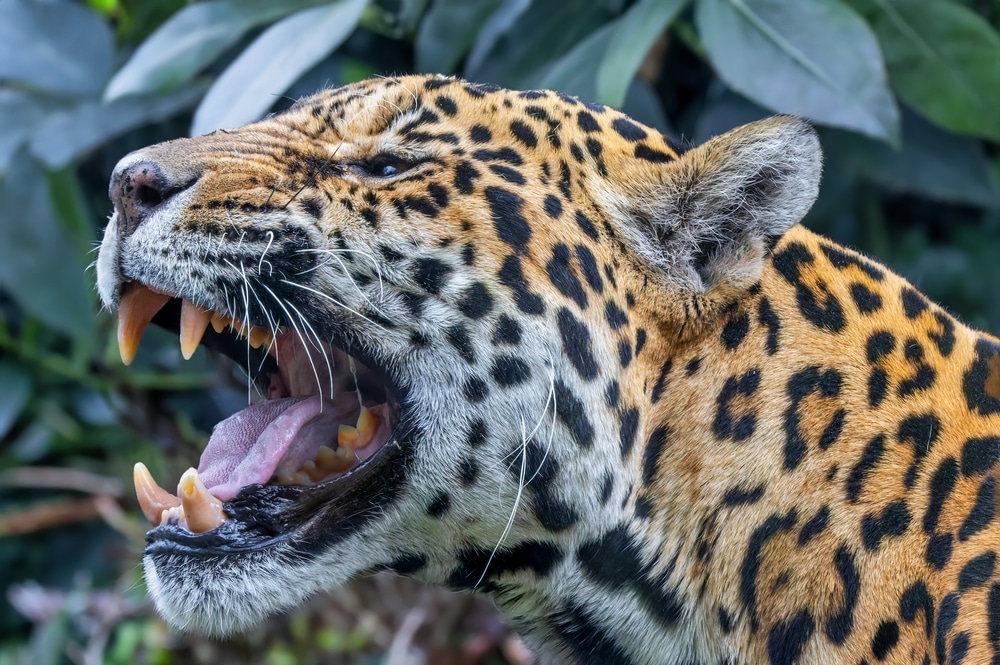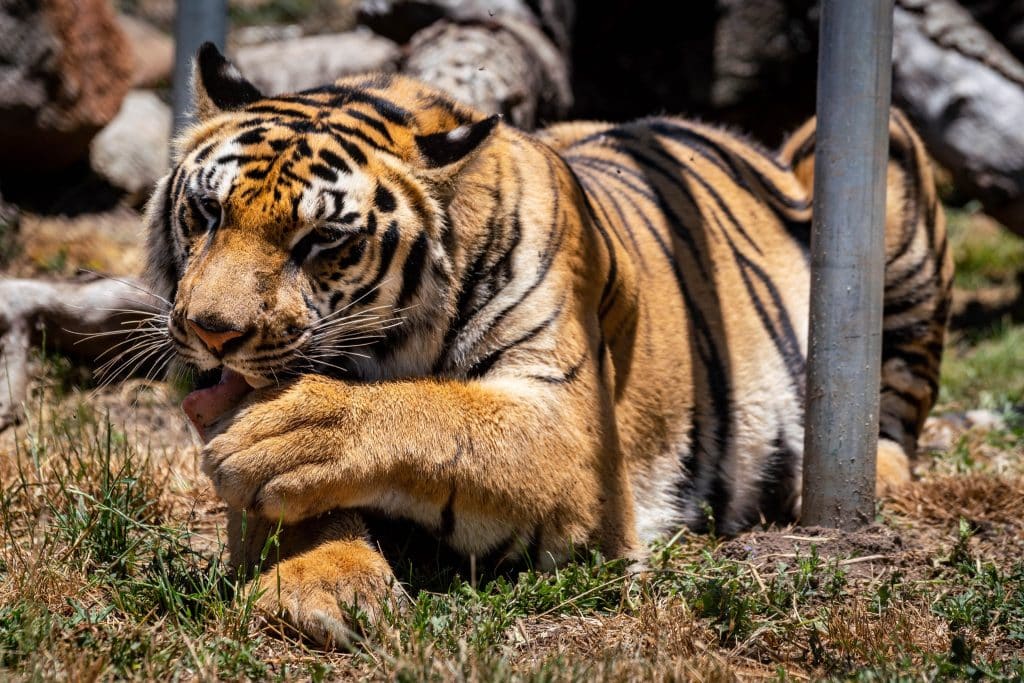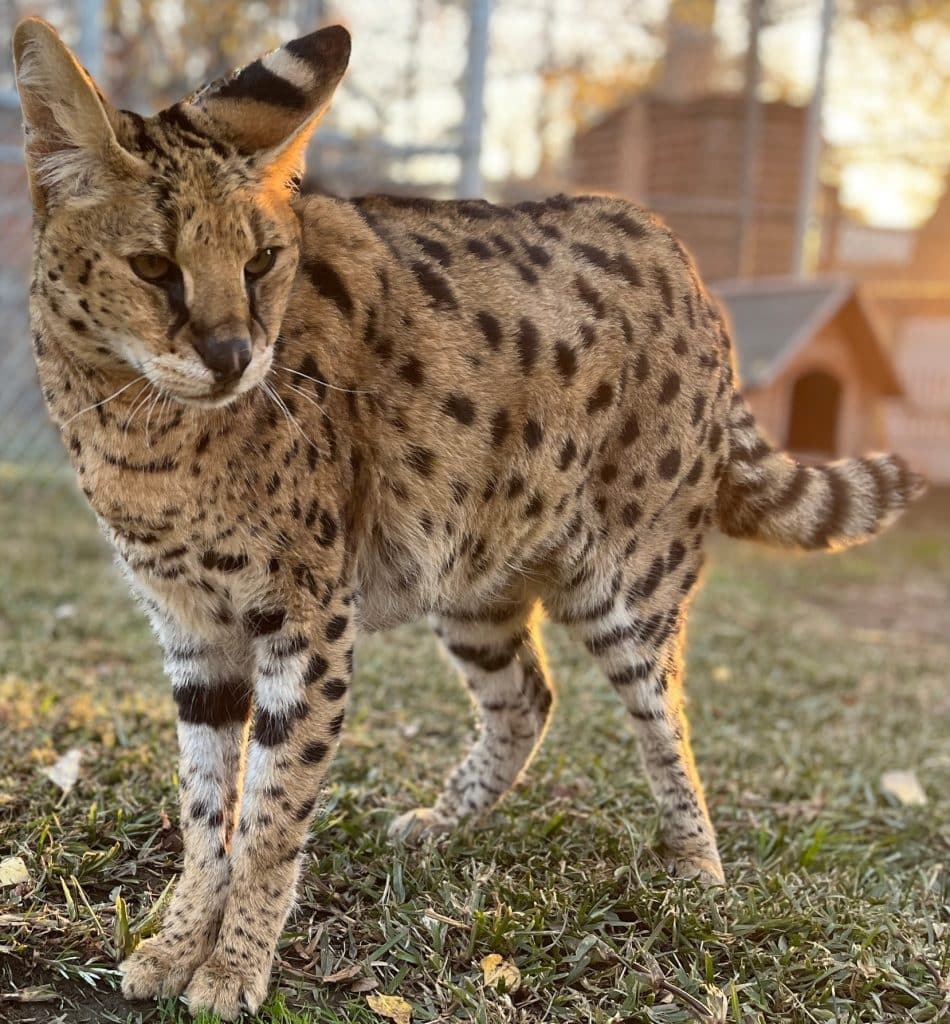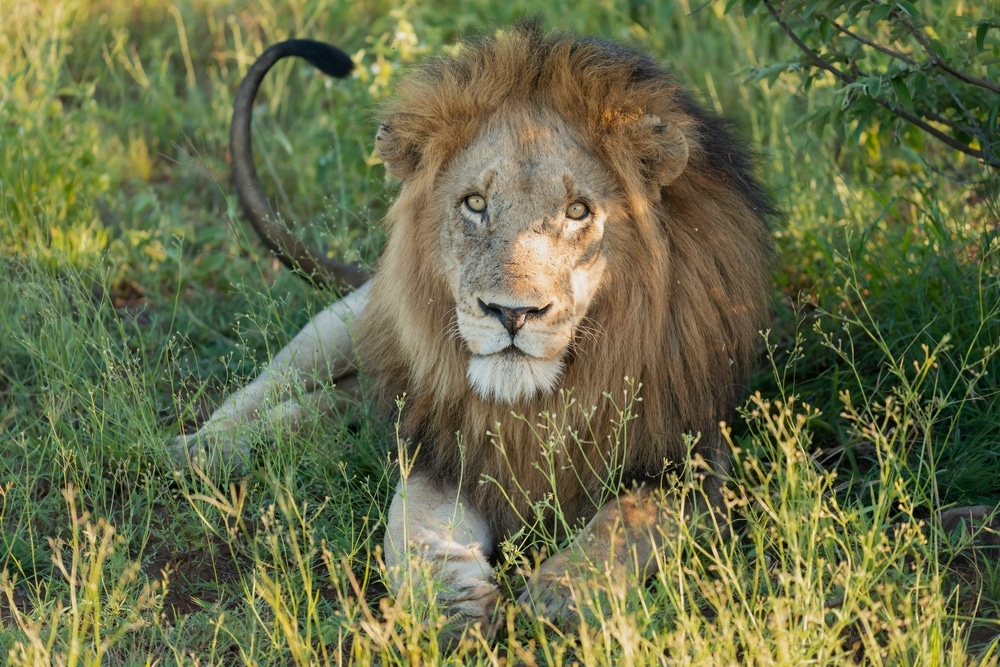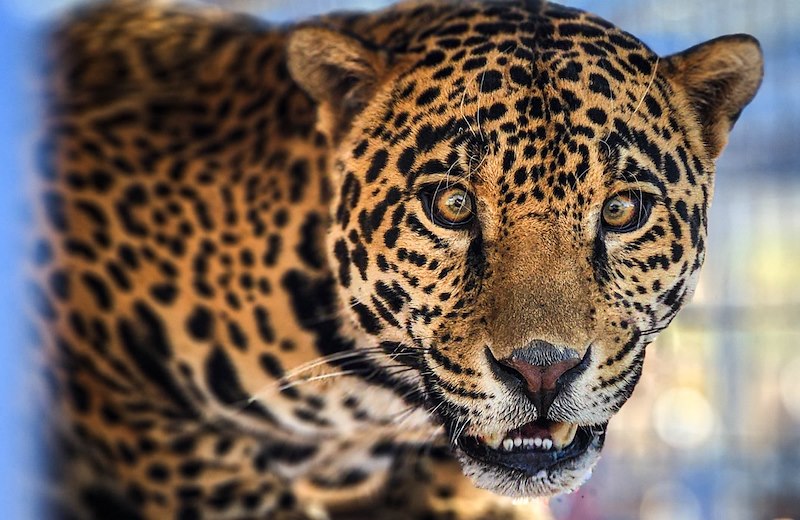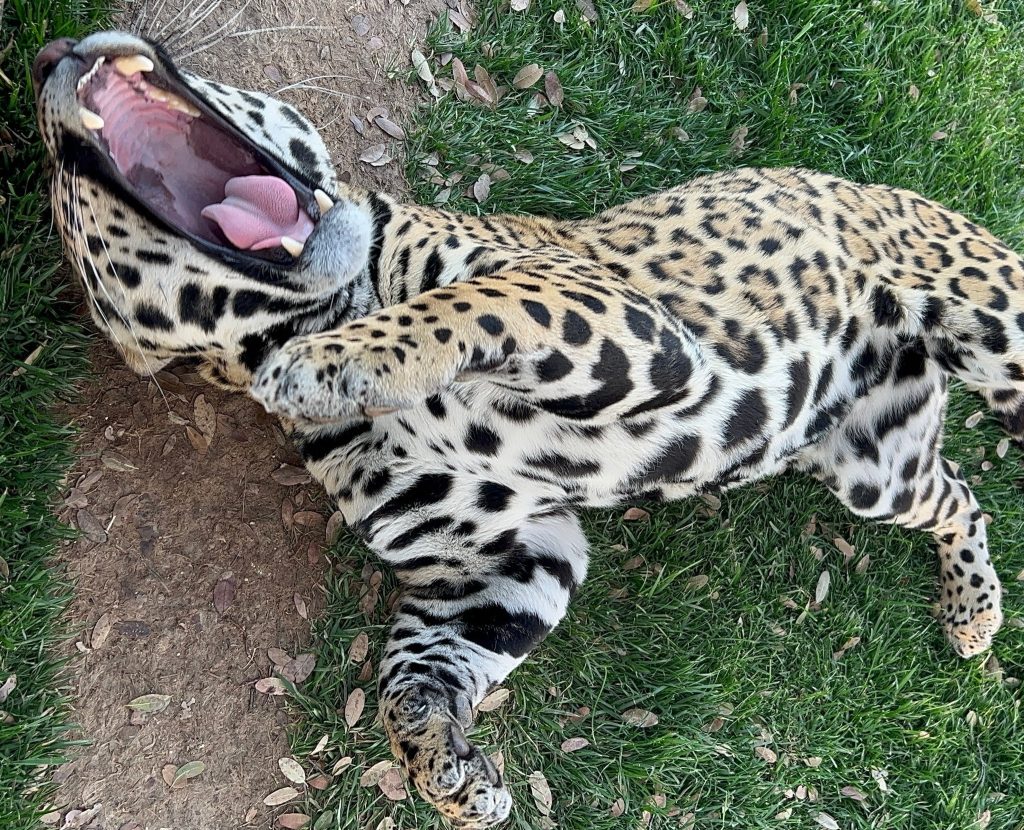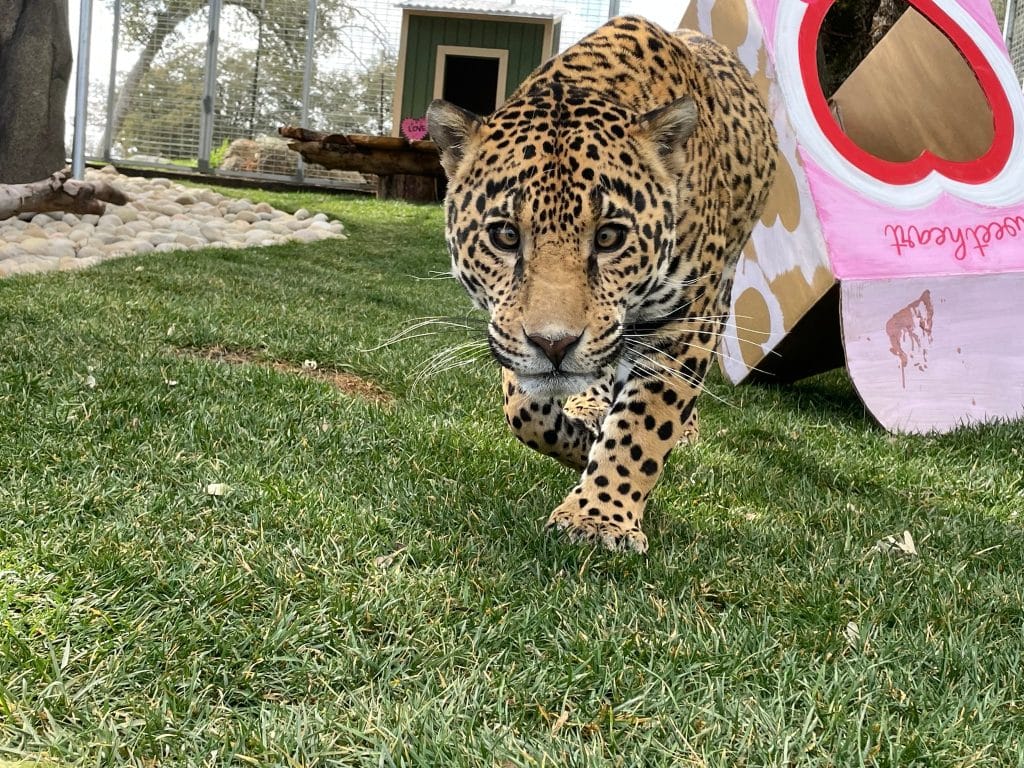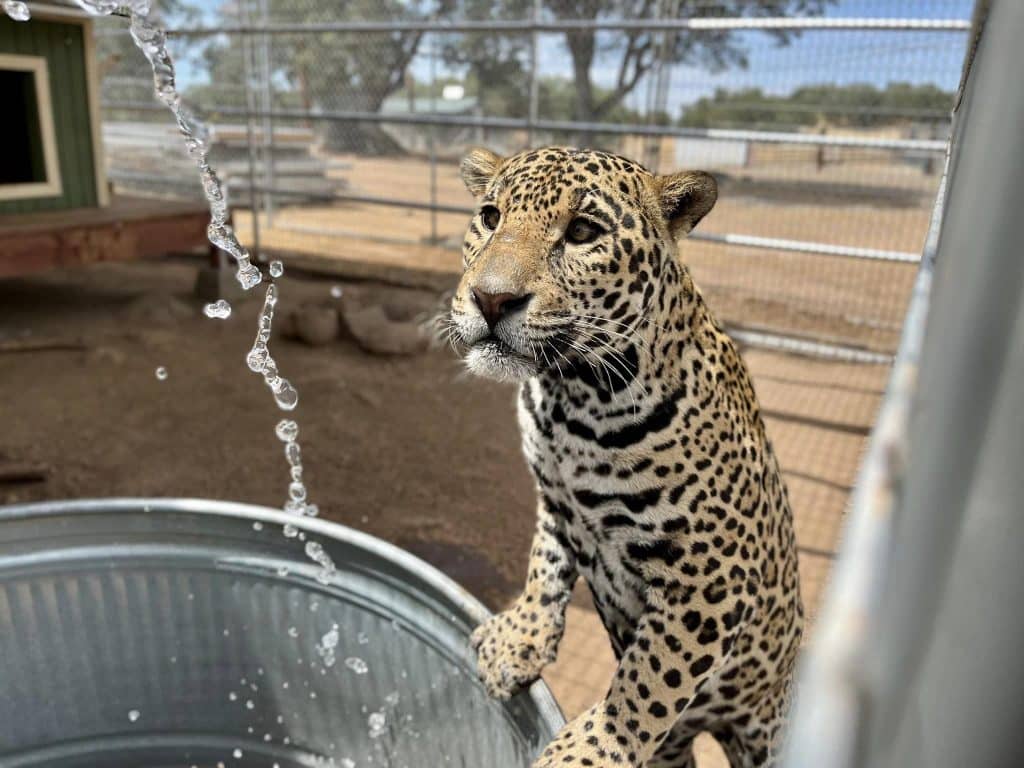Why Jaguars Love Water: A Deep Dive into These Incredible Big Cats
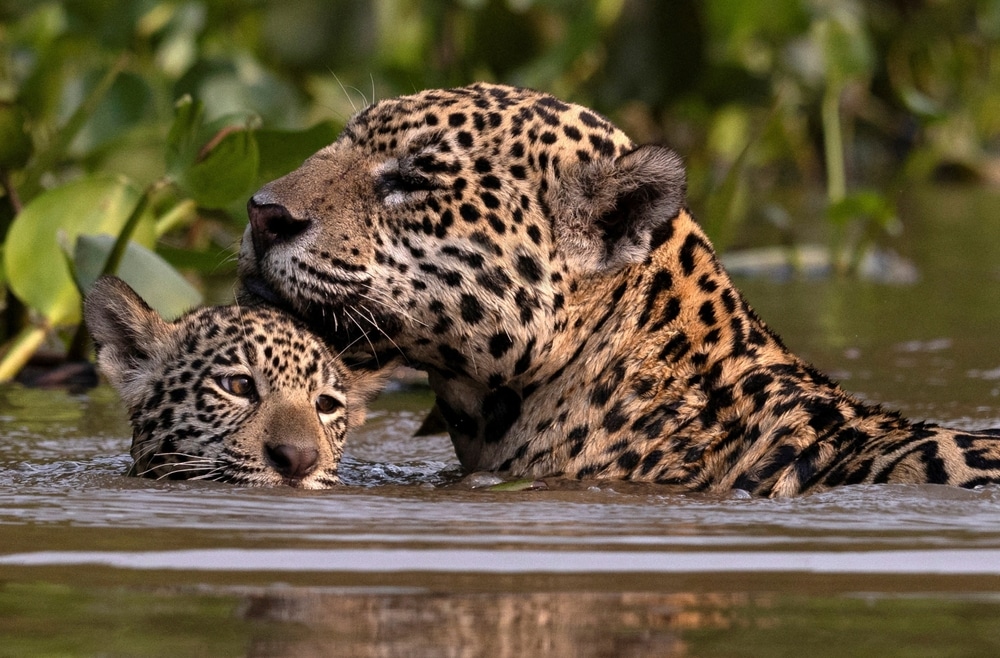
Most people consider big cats land animals, but jaguars love water. Unlike other wild felines, they don’t just tolerate it—they rely on it. Water is essential for their survival, from hunting to staying cool in hot, humid environments. Jaguars dominate rivers, lakes, and wetlands, showing off their wildlife swimming behaviors in ways that set them apart from other large carnivores.
Jaguars (Panthera onca) are the largest cats in the Americas, and their ability to thrive in water gives them a serious advantage in their habitat. Their aquatic behavior makes them highly adaptable, allowing them to hunt prey other big cats can’t reach. But as strong as they are, they face increasing threats from habitat loss, poaching, and wildlife traffickers.
Jaguars and Their Unique Relationship with Water
Jaguars live in South America's rainforests, wetlands, and river systems. These environments are filled with water, making it a central part of their daily lives. Unlike other predators that stay on dry land, jaguars move effortlessly between land and water. Their muscular bodies, strong limbs, and powerful tails help them easily swim. Their coats, marked with rosette patterns, blend into the dappled sunlight of the water’s surface, giving them an advantage when stalking prey.
Water serves as their hunting ground. But jaguars also use it to cool off, escape threats, and expand their territory. Some jaguars have been seen crossing expansive waterways, including the Panama Canal, proving their ability to navigate challenging landscapes. Their unique behavior allows them to survive environments where other big predators struggle.
How Jaguars Hunt in Water
Jaguar hunting habits differ from other big cats because they take full advantage of their environment.
- Ambushing prey: Jaguars wait near riverbanks, watching for unsuspecting prey species like capybaras, caimans, and even anacondas. They strike at the perfect moment, using their immense strength to drag animals into the water.
- Diving for food: Some jaguars dive below the surface to catch fish or turtles. Their ability to hold their breath while underwater allows them to hunt in ways that other big cats cannot.
- Bone-crushing bite: Jaguars have one of the strongest bite forces of any land predator. Unlike other big cats that kill by suffocation, jaguars bite directly into the skull or spine, delivering an instant, lethal attack.
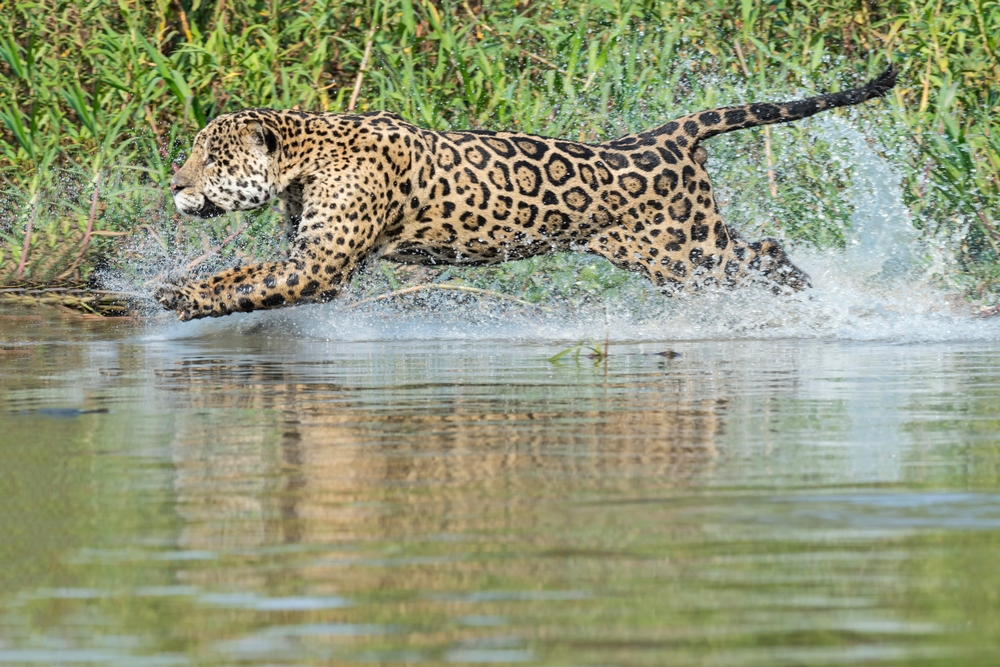
Why Jaguars Are Different from Other Big Cats
Jaguars have a combination of unique big cat traits that make them stand out in the animal kingdom. Their exotic animal quirks go beyond just their love of water. They are powerful climbers, capable of scaling trees to rest or ambush prey from above. They are also highly territorial, marking large areas to warn other jaguars to stay away.
Jaguar survival skills make them more adaptable to changes in their environment. As climate change and deforestation affect natural habitats, jaguars can still navigate through flooded forests, swamps, and rivers to find food and shelter. Their connection is a survival advantage.
Threats to Jaguar Populations
Despite their strength, jaguars face serious threats. Their habitats are shrinking due to deforestation, illegal hunting, and increasing conflicts with humans. Wildlife traffickers target them for their fur, teeth, and bones, selling these parts on the black market. Others capture jaguars to be sold as exotic pets, removing them from their natural environment and subjecting them to cruel conditions.
Eddie the Jaguar: A Victim of Illegal Trade

Eddie the jaguar was a victim of wildlife trafficking, he was bred in captivity and passed around as a tourist attraction, used in photoshoots, and kept in unsuitable conditions until eventually he was abandoned at our sanctuary gates. At Lions Tigers & Bears, we provided Eddie with immediate care and a safe haven while U.S. Fish & Wildlife investigated his case. In October 2022, officials filed a criminal complaint against those involved in his trafficking, leading to their prosecution.
Today, Eddie is one of our resident animals at LTB, and he is safe, well cared for, and free to express his natural instincts. We have created an environment that mirrors the wild, including water sources that allow him to engage in jaguar aquatic behavior just as he would in his natural habitat. Here, he can swim, climb, explore, and move through water with confidence, reinforcing the skills that make jaguars such powerful predators.
How Conservation & Rescue Efforts Are Protecting Jaguars.
Jaguars are a crucial part of their ecosystems, and their decline would seriously affect biodiversity. Governments, conservationists and wildlife organizations are working to protect these big cats and their habitats. While we are not conservationists, as an animal sanctuary and rescue operation, we can help play a vital role in providing lifelong care for animals like Eddie, who have been victims of trafficking and exploitation.
There are also laws, like the Big Cat Public Safety Act, designed to prevent private ownership of big cats. This act helps stop illegal breeding, trafficking, and abuse of animals like jaguars, ensuring they are not kept in captivity under harmful conditions. Laws like this are essential to preventing future cases like Eddie’s.
At Lions Tigers & Bears, we focus on rescuing and rehabilitating animals like Eddie, offering them a safe and enriching environment where they can heal and thrive. Our work complements broader conservation efforts by addressing the immediate needs of animals impacted by illegal trade and exploitation.
Preserving Jaguar Habitats
Jaguars once roamed from the southern United States to Argentina. Now, their numbers are concentrated in parts of the Amazon and protected reserves. Deforestation is one of the biggest threats to their survival. Conservation groups are working to restore forests, create wildlife corridors, and enforce stronger protections for national parks. These efforts help maintain the natural environments that jaguars depend on.
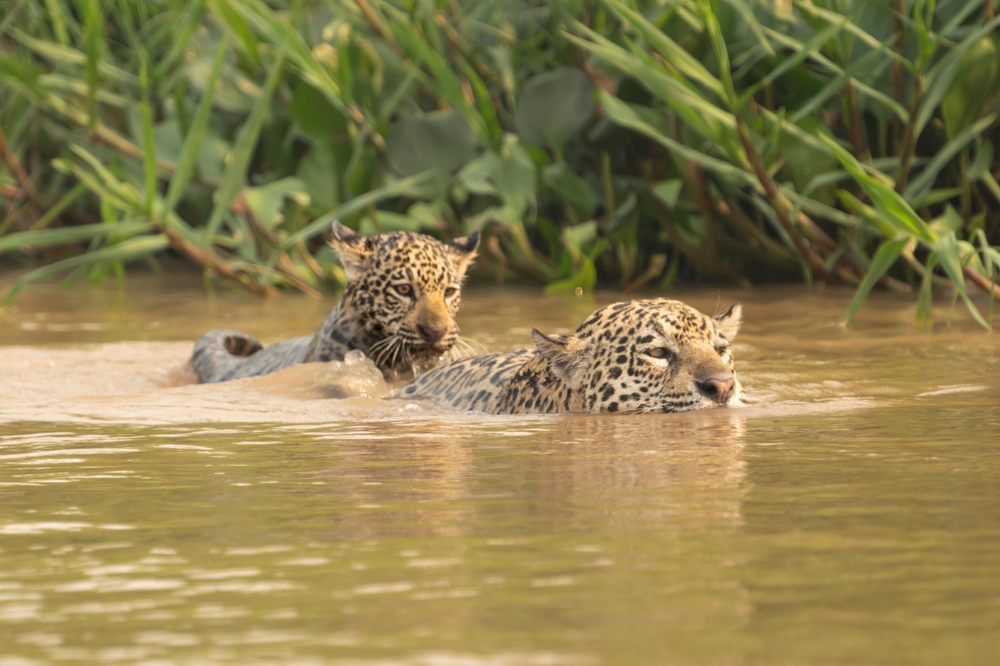
Stopping Illegal Wildlife Trade
Anti-poaching efforts and law enforcement agencies are cracking down on wildlife traffickers who profit from selling jaguar parts. Increased surveillance in known trafficking hotspots and stronger penalties for illegal hunting are helping reduce these crimes.
As a rescue organization, we see firsthand the devastating impacts of the illegal wildlife trade. Animals like Eddie, who are victims of trafficking often arrive at our sanctuary traumatized and in poor health. Our mission is to provide them with the care and rehabilitation that is necessary to help them recover and live fulfilling lives.
Why Jaguar Conservation & Rescue Matters
Jaguars play an essential role in maintaining the balance of their ecosystems. As apex predators, they control the populations of herbivores and smaller carnivores, preventing overpopulation and protecting biodiversity. Their presence keeps the food chain in check, supporting healthy forests and wetlands.
At Lions Tigers & Bears, we focus on the rescue and care of jaguars like Eddie, who have been victims of illegal trade and exploitation. By providing them with a safe and enriching sanctuary environment, we ensure they can live out their lives free from harm. Our work highlights the importance of both conservation and rescue efforts in protecting these magnificent animals and raising awareness about the dangers of wildlife trafficking.
How You Can Also Help
Eddie’s story is not unique. Countless jaguars are still being stolen, trafficked, and killed for profit. Wildlife traffickers continue to exploit exotic animals, and without urgent action, more jaguars will suffer the same fate.Eddie was lucky—but many others won’t be unless we act now. Support LTB today. Your donation helps us rescue and care for jaguars like Eddie, fight against illegal wildlife trade, and protect their natural habitats. Every contribution makes a difference. Join us in giving jaguars the future they deserve. Donate now.
